Introduction
Cultural appropriation has become a highly debated topic in recent years, and one aspect that has drawn significant attention is the wearing of durags by non-Black individuals. Durags, also known as do-rags or wave caps, hold deep cultural significance within the Black community. They have traditionally been worn by Black men to protect and maintain their hairstyles. However, the appropriation of durags by non-Black individuals raises questions about respect, cultural understanding, and the perpetuation of harmful stereotypes. This article aims to explore the controversy surrounding non-Black individuals wearing durags and delve into the reasons Why is it Wrong for Non-Blacks to Wear DU Rags?
Historical Significance of Durags in Black Culture
Durags have a rich history that stretches back to the early 19th century. Originally worn by African American slaves, durags served as a practical way to keep their hair in place and protect it from the harsh conditions they endured. Over time, durags evolved into a symbol of resilience, pride, and cultural identity within the Black community. They became closely associated with waves, a popular hairstyle among Black men, and came to represent a means of maintaining and nourishing hair texture.
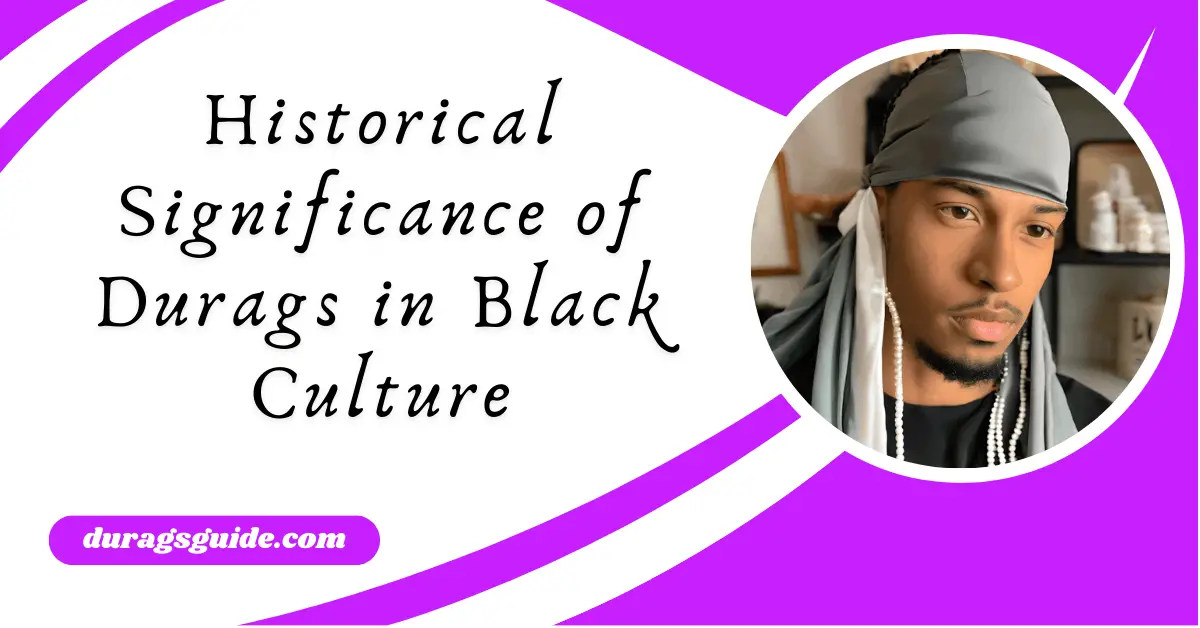
Respect for Cultural Identity
One of the primary reasons why the appropriation of durags by non-Black individuals is seen as wrong is because it disregards the cultural significance and history behind this accessory. Cultural appropriation occurs when elements of a marginalized culture are adopted by members of a dominant culture without understanding or respecting their origins. By wearing durags without acknowledging their cultural significance, non-Black individuals may unintentionally perpetuate harmful stereotypes or reduce the durag to a mere fashion trend.
Maintaining Power Dynamics
The appropriation of durags by non-Black individuals can reinforce existing power dynamics and inequalities. Throughout history, Black culture has been marginalized, oppressed, and subjected to systemic racism. When non-Black individuals adopt elements of Black culture without understanding the struggles and experiences that accompany them, it risks trivializing the cultural and historical context in which durags exist. This perpetuation of harmful stereotypes and erasure of Black experiences can contribute to the ongoing marginalization of the Black community.
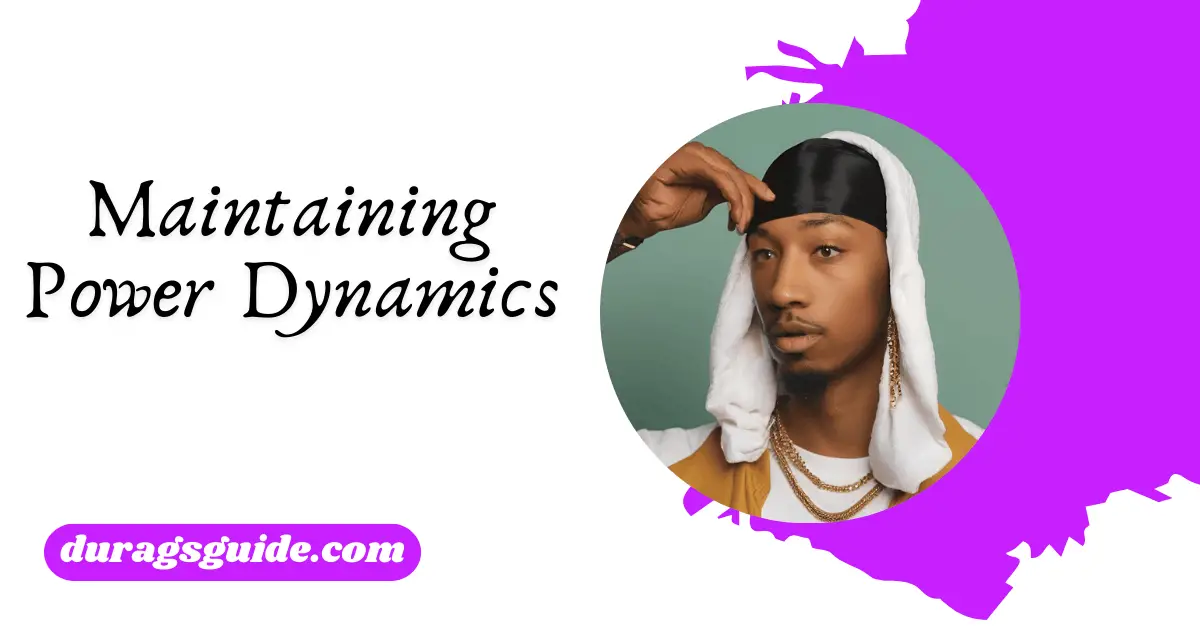
The Significance of Hair in Black Identity
Hair holds immense cultural and personal significance within the Black community. For centuries, Black individuals have faced discrimination and scrutiny due to their natural hair textures. The wearing of durags is a form of self-expression and a way for Black individuals to celebrate and embrace their hair. Non-Black individuals wearing durags can be seen as appropriating this expression, potentially trivializing the struggles that Black individuals face in embracing their natural hair. It is essential to recognize and respect the significance of hair within Black identity.
Impact on Black Representation
The appropriation of durags by non-Black individuals can have consequences for Black representation and visibility. When a cultural symbol is taken out of its original context and used solely for fashion purposes, it can overshadow the experiences and voices of those who have historically worn it. This erasure of Black representation can perpetuate stereotypes and contribute to the marginalization of the Black community. It is crucial to consider the impact of our actions and choices on the representation and visibility of marginalized communities.
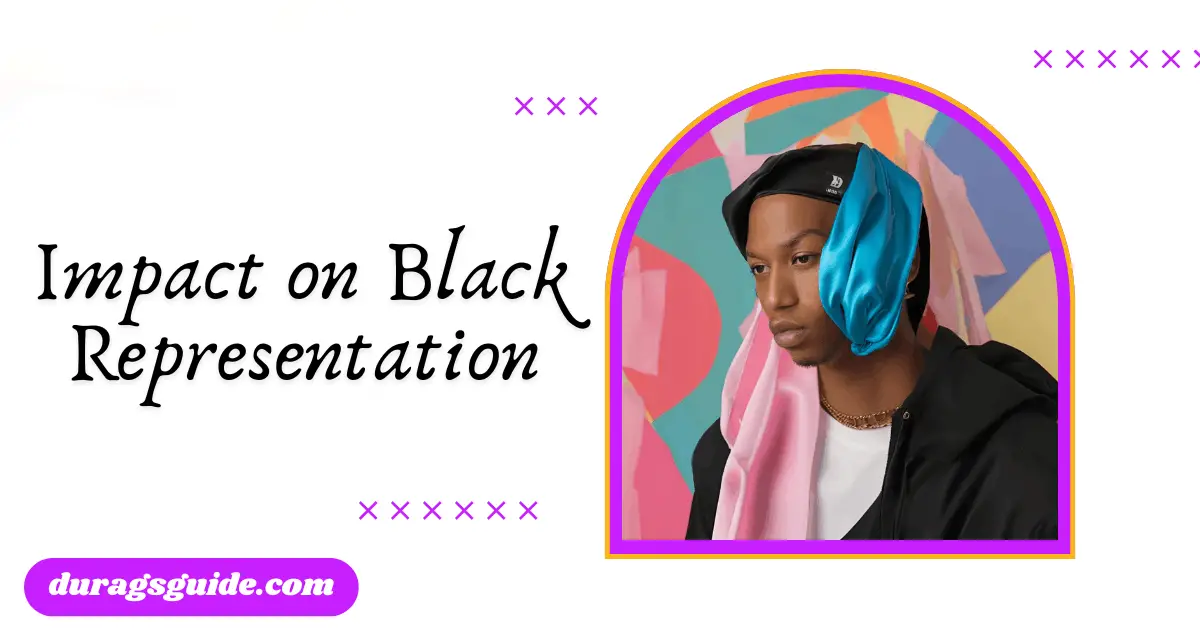
Promoting Cultural Understanding
To foster a more inclusive society, it is crucial for individuals to educate themselves about the cultural significance of different practices and symbols. By acknowledging the historical and cultural context of durags, non-Black individuals can demonstrate respect and appreciation for Black culture. Engaging in dialogues, actively learning from the experiences of others, and promoting cultural understanding can help bridge the gap between communities and foster empathy and respect. It is through open and respectful conversations that we can work towards a more inclusive and understanding society.
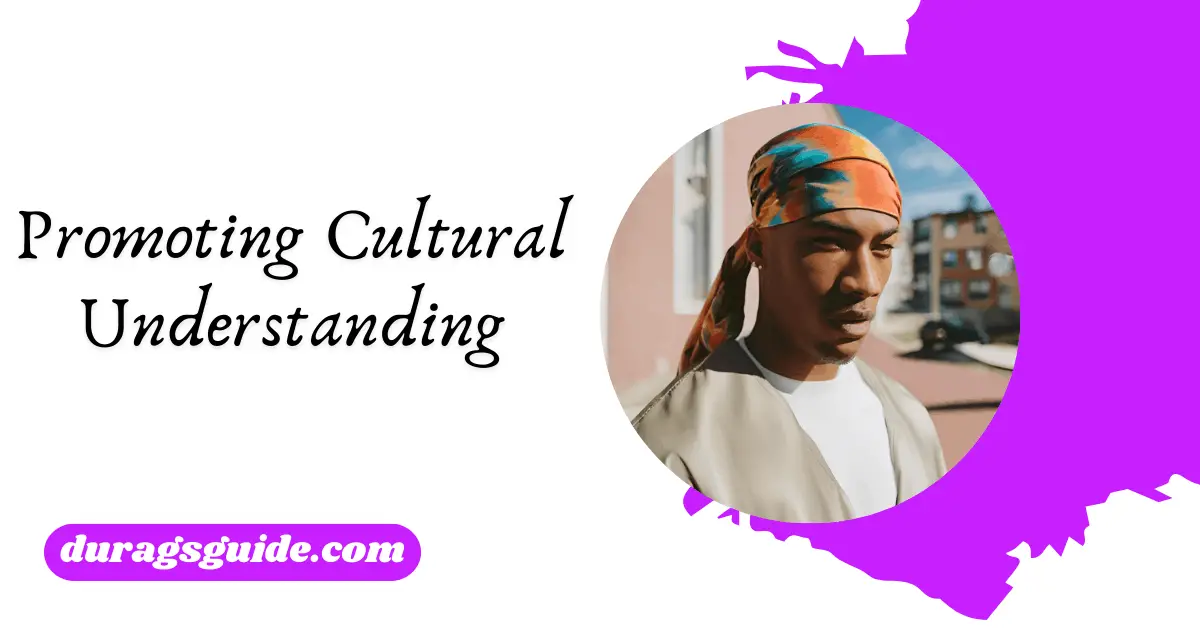
Cultural Appropriation and Disregard for Cultural Significance
When non-Blacks wear durags, it can be seen as cultural appropriation, which is the adoption or use of elements from a marginalized culture by members of a dominant culture without understanding or respecting their cultural significance. Here are some details explaining why it is considered wrong for non-Blacks to wear durags:
- Disregard for Cultural Significance: Durags have deep roots in Black culture and hold historical and cultural significance. They have traditionally been worn by Black individuals, particularly men, to protect and maintain their hairstyles, such as waves. By wearing durags without acknowledging this cultural significance, non-Blacks may unintentionally undermine the importance and history behind this accessory.
- Perpetuation of Harmful Stereotypes: When non-Blacks appropriate durags, they risk perpetuating harmful stereotypes about Black individuals and their experiences. Durags have been an essential part of Black hair care and maintenance, especially for individuals with textured hair. By treating durags as a mere fashion trend or accessory, non-Blacks may trivialize the struggles and experiences that Black individuals face in embracing and celebrating their natural hair.
- Erasure of Black Experiences: The appropriation of durags by non-Blacks can contribute to the erasure of Black experiences and cultural representation. When a cultural symbol is taken out of its original context and used solely for fashion purposes, it can overshadow the experiences and voices of those who have historically worn it. This erasure can perpetuate stereotypes and marginalize the Black community by reducing their cultural practices to trends.
- Power Dynamics and Inequality: Appropriating durags can reinforce existing power dynamics and inequalities. Black culture has endured marginalization, oppression, and systemic racism throughout history. By appropriating elements of Black culture without understanding the struggles and experiences that come with it, non-Blacks risk trivializing the cultural and historical context in which durags exist. This perpetuates harmful stereotypes and contributes to the ongoing marginalization of the Black community.
- Lack of Cultural Understanding: Wearing durags without understanding their cultural significance and history shows a lack of cultural understanding and respect. It is essential to educate oneself about the cultural practices and symbols of marginalized communities to promote empathy, understanding, and appreciation. Engaging in respectful dialogues and actively learning from the experiences of others can help bridge the gap between communities and foster a more inclusive society.
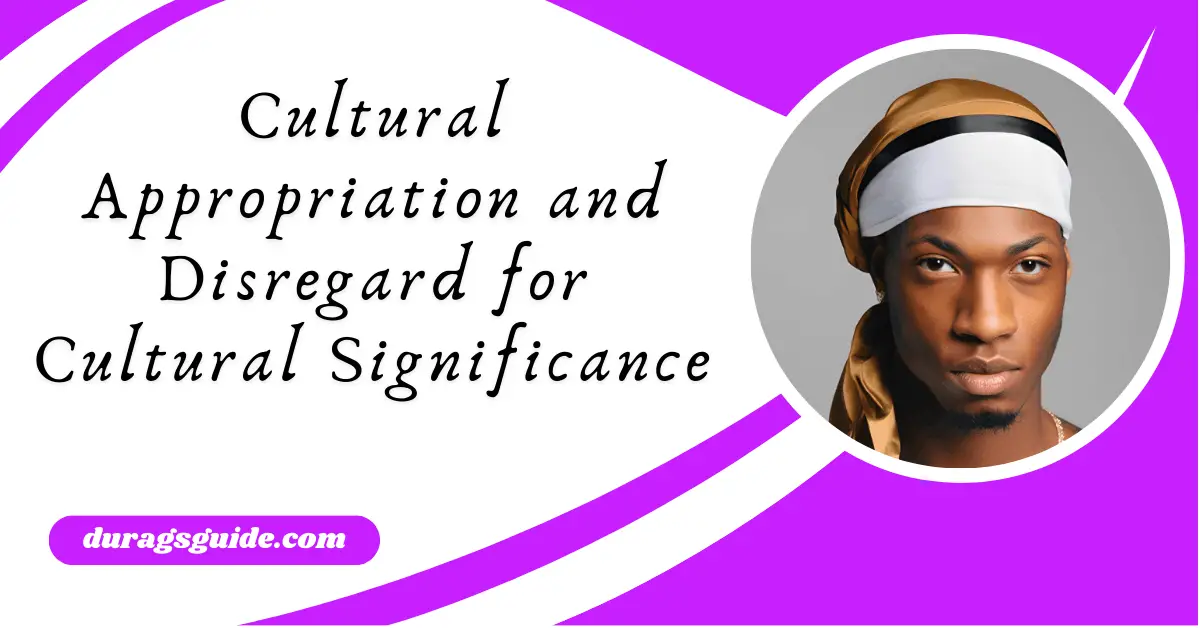
Expert Perspectives on the Appropriation of Durags by Non-Blacks
Expert Review 1:
Dr. Kimberly Johnson, Cultural Anthropologist and Scholar of African American Studies:“The act of non-Blacks wearing durags can be seen as a form of cultural appropriation, which disregards the cultural significance and history of this accessory within the Black community. Durags have played a crucial role in Black hair care and maintenance, serving as a symbol of cultural identity and resilience. When non-Blacks appropriate durags without understanding or respecting their cultural context, it perpetuates harmful stereotypes and erases the experiences of Black individuals. It is essential to approach cultural practices with empathy, respect, and a willingness to learn.”
Expert Review 2:
Dr. Malik Thompson, Sociologist and Diversity Consultant:“The appropriation of durags by non-Blacks highlights the power dynamics and inequalities that exist within society. Black culture has historically been marginalized and subjected to systemic racism. When non-Blacks adopt elements of Black culture without recognizing the struggles and experiences that accompany them, it reinforces these power dynamics. It is crucial for individuals to educate themselves, engage in dialogue, and actively work towards dismantling these inequalities. By respecting and appreciating the cultural significance of durags, we can foster a more inclusive and understanding society.”
Expert Review 3:
Dr. Maya Washington, Writer and Cultural Commentator:“The act of non-Blacks wearing durags can have a significant impact on Black representation and visibility. When a cultural symbol is appropriated and divorced from its original context, it can overshadow the experiences and voices of those who have historically worn it. This erasure of Black representation perpetuates stereotypes and contributes to the marginalization of the Black community. It is important for individuals to recognize the significance of cultural practices and symbols and to approach them with respect and understanding. By doing so, we can create a more inclusive society that celebrates and respects diverse cultural identities.”
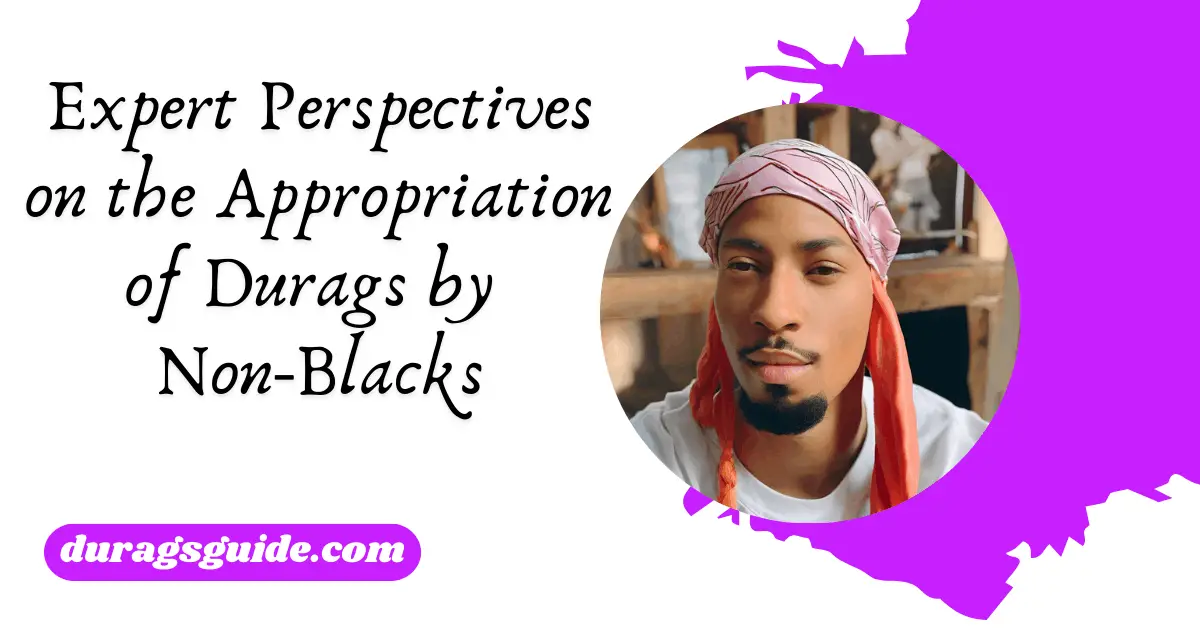
Conclusion
The controversy surrounding non-Black individuals wearing durags stems from the historical significance of these accessories within Black culture. Cultural appropriation and the perpetuation of stereotypes are major concerns when it comes to non-Black individuals appropriating durags. By understanding and respecting the cultural significance of durags, individuals can contribute to a more inclusive society that appreciates and celebrates diversity. It is essential for us all to engage in open and respectful conversations about cultural appropriation, promoting understanding and empathy in our interactions with one another. By doing so, we can work towards a more inclusive future where cultural appreciation and respect are valued.
FAQS
Why is it considered cultural appropriation when non-Blacks wear durags?
Non-Blacks wearing durags is considered cultural appropriation because it disregards the cultural significance and history of durags within the Black community.
Can non-Blacks wear durags if they appreciate their style?
Non-Blacks should respect the cultural significance of durags instead of directly appropriating them, and explore alternative headwear options.
What harm does the appropriation of durags cause?
The appropriation of durags erases Black experiences, perpetuates harmful stereotypes, and reinforces power dynamics and inequalities.
How can non-Blacks show appreciation for durags without appropriating them?
Non-Blacks can show appreciation for durags by learning about their cultural significance, engaging in respectful dialogues, and supporting Black-owned businesses.
Is there a way to celebrate cultural diversity without appropriating?
Cultural diversity can be celebrated without appropriation by educating oneself, respecting cultural practices, and supporting initiatives that uplift marginalized communities.
